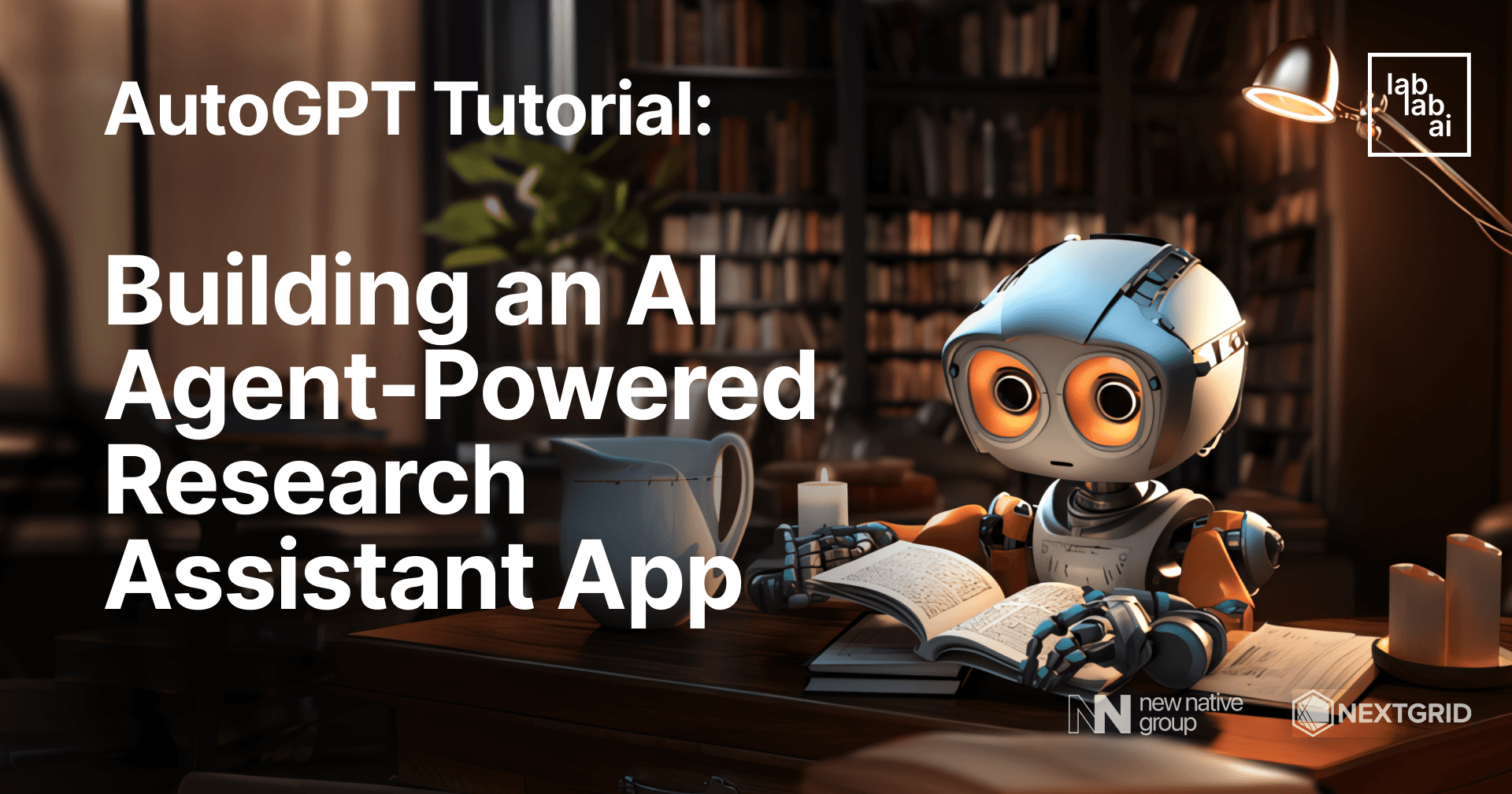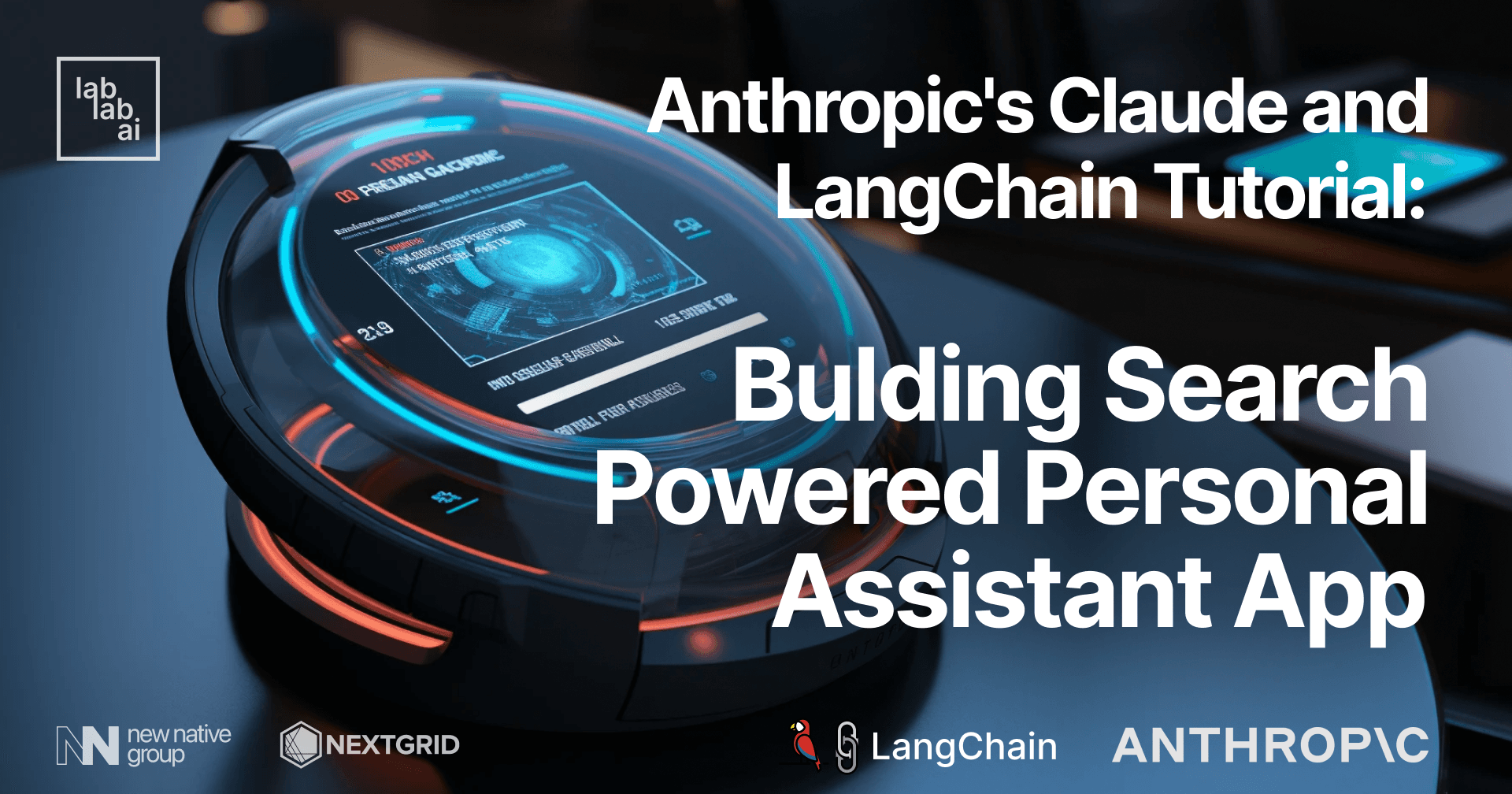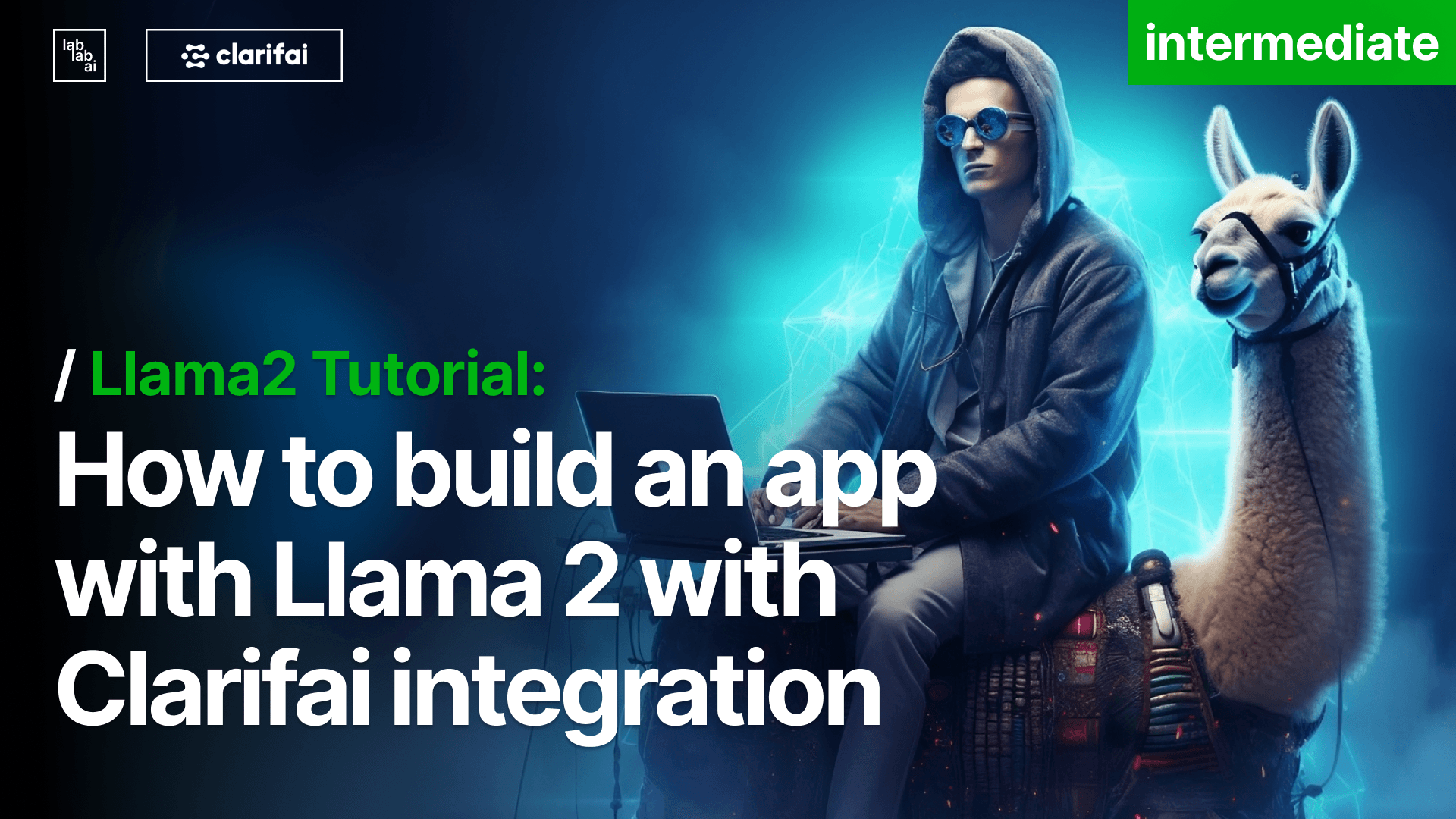Unlocking the Power of Large Language Models: Understanding LLMS Meaning and Functionality
Imagine a world where machines understand human language, help us create groundbreaking solutions, and enhance productivity. This is no longer a distant dream, but a reality made possible by Large Language Models (LLMs). As we dive into the realm of LLMs, we will uncover their structure, foundation, and potential applications, as well as explore popular examples and discuss their challenges and limitations. Ready to embark on this fascinating journey and discover the meaning of life? Let’s get started.
Key Takeaways
- LLMs are advanced AI capabilities with potential to revolutionize research, creativity and productivity.
- They are composed of unsupervised learning, zero-shot learning and various techniques like prompt tuning, fine-tuning & adapters.
- Popular LLM applications include text generation, summarization & sentiment analysis. They present challenges related to capital investment & ethical concerns.
Understanding LLMs: Large Language Models
Large Language Models (LLMs) are paving the way for a new era of artificial intelligence, as they are capable of comprehending and generating content that resembles natural human language. These sophisticated deep learning algorithms leverage transformer networks and self-attention mechanisms to process and predict text in a human-like manner.
The potential implications of LLMs on research, creativity, and productivity are immense, as they can assist in formulating intricate solutions to the world’s most difficult challenges. Foundation models, such as ChatGPT, Google Bard, and a variety of other options available online, utilize advanced AI for improved productivity.
The Foundation of Large Language Models
Large language models, such as the large language model built upon a foundation of machine learning models, transformer architecture, and attention mechanisms, enable them to process and predict text non-sequentially and understand context effectively. This is how large language models work.
Each of these foundational elements contributes significantly to the success of LLMs. We’ll explore them in detail in the subsequent sections.
Machine Learning Models
Machine learning models have been instrumental in the development of more sophisticated language models. Recurrent neural networks (RNNs), a type of machine learning model, are able to predict text based on the redundancy of language. A machine learning model is an algorithm that has been trained to detect patterns or generate predictions based on a set of data. It is an essential element in various areas, including:
- Data science
- Marketing
- Finance
- Retail
Recurrent neural networks (RNNs) take into account all preceding words when selecting the subsequent word. Alongside RNNs, there are other machine learning models such as convolutional neural networks (CNNs), long short-term memory (LSTM) networks, and generative adversarial networks (GANs). These models paved the way for the development of transformer models, which we will discuss in the next section.
Transformer Architecture
The transformer architecture has revolutionized language models by enabling them to process entire sentences in one go, thereby improving their capacity to comprehend context and forecast text. Tokenization is a necessary step when using a transformer model to process text input. It converts the input into a sequence of words. Tokens are assigned numerical values. These numerical values are then stored in the form of embeddings, which can be regarded as vector-space representations of the tokens. This allows them to keep their contextual meanings.
The transformer contains an encoder. Its purpose is to convert all the token’s embeddings into a context vector. This context vector, combined with the attention mechanism, allows the model to identify which inputs require more focus in particular scenarios.
The attention mechanism’s importance in large language models will be the focus of our detailed discussion in the following section.
Attention Mechanism
The attention mechanism is a key component in deep learning models that enable the model to focus on specific parts of an input sequence. By calculating ‘soft’ weights for each word or element in the sequence, the attention mechanism allows the model to prioritize relevant information, thus enhancing the efficacy of the encoder-decoder model.
The primary advantage of the attention mechanism is that it enables the model to concentrate on the most pertinent parts of the input sequence, resulting in a more precise and consistent output. However, one of the primary challenges of attention mechanisms is the computational cost, as they necessitate the calculation of ‘soft’ weights for each word or element in the sequence. Additionally, attention mechanisms can be challenging to interpret, as it is not always evident why the model is focusing on certain parts of the input sequence.
Key Components of Large Language Models
Unsupervised learning, a key component of large language models, negates the necessity for extensive data labeling during the training process. This type of machine learning enables models to learn from vast amounts of unstructured data, making it particularly useful for training expansive language models.
Zero-shot learning, another fundamental component of large language models, enables them to cater to multiple use cases without the requirement of additional training. This capability enables a base model to generate text for a variety of purposes without significant instruction or training, increasing its versatility and potential applications.
To customize large language models for specific use cases, various techniques can be employed, such as prompt tuning, fine-tuning, and adapters. These techniques allow organizations to tailor LLMs to their unique needs and requirements.
Popular Examples of Large Language Models
Several popular examples of large language models exist today, each with unique capabilities and applications. GPT-4, developed by OpenAI, is a powerful language model that uses deep learning to generate text resembling natural language and can be employed for numerous tasks, including natural language processing, text generation, and question answering.
Bloom, an open-source multilingual language model from HuggingFace, provides text generation in 46 natural languages and 13 programming languages, making it suitable for natural language processing, text generation, and code generation tasks. ESMFold, on the other hand, is a language model that is utilized to expedite drug discoveries by predicting a protein’s 3D structure.
Other examples include:
- Gato: a general-purpose system designed to undertake multiple tasks, such as playing Atari, captioning images, conversing, and stacking blocks with a physical robot arm
- WuDao 2.0: the largest language model globally, boasting 1.75 trillion parameters and demonstrated to predict the 3D structures of proteins
- MT-NLG: the largest monolithic transformer-based language model developed by Nvidia and Microsoft, capable of carrying out natural language inferences, reading comprehension, and auto-completing sentences, among other natural language tasks.
Applications of Large Language Models
Large language models have various applications across numerous industries and sectors. One of the most prominent applications is text generation, where LLMs can generate coherent and contextually relevant text based on a given input. This ability can be used for creating content, such as articles, reports, or even entire books.
Another application is text summarization, where LLMs can extract the most important information from a large document and present it in a concise summary. This can be particularly useful for researchers, journalists, or professionals who need to quickly understand the main points of a lengthy text. LLMs can also be employed in machine translation, converting text from one language to another while preserving its meaning and context.
In addition to these applications, large language models can be utilized for tasks such as text classification, sentiment analysis, chatbots, and even code generation. In the field of biotechnology, LLMs like ESMFold are being used to predict protein structures, accelerating drug discovery and the understanding of protein sequences.
Challenges and Limitations of Large Language Models
Large language models, despite their impressive capabilities, come with their own set of challenges and limitations. One of the biggest challenges is the high capital investment required for their development, deployment, and maintenance. This can be a barrier for smaller organizations or researchers with limited resources.
Another challenge is the need for large datasets, including training data, and technical expertise to train and deploy LLMs effectively. This can be particularly difficult for organizations with limited access to data or specialized knowledge in machine learning, transformer models, and distributed software and hardware.
Ethical concerns also arise from the use of large language models, particularly in relation to content generation and data privacy. As LLMs become more sophisticated and capable of generating increasingly human-like content, the potential for misuse and the spread of disinformation also increases. Organizations and researchers must keep these challenges and limitations in mind when exploring the potential applications of large language models.
Getting Started with Large Language Models
Initiating your journey with large language models involves exploring available models from leading organizations such as:
- OpenAI
- Microsoft
- NVIDIA
These organizations offer a wide range of existing models, including language models and statistical model variations, with varying capabilities and applications, such as speech recognition, allowing you to choose the one that best suits your needs.
To deepen your technical knowledge and better understand the intricacies of large language models, you can take advantage of resources such as tutorials, blog posts, and videos. Many of these resources are available on the websites of the organizations mentioned earlier, as well as through online learning platforms and community forums.
Lastly, embarking on experiments and exploring the potential applications of large language models in your own field or industry can yield remarkable results. The possibilities are vast, and as LLMs continue to evolve and improve, their potential to transform the way we work, communicate, and solve problems will only grow.
Summary
In conclusion, large language models have the potential to revolutionize the way we interact with technology and solve complex problems. By understanding their foundations, components, and popular examples, as well as exploring their applications and challenges, you can make informed decisions about how to harness the power of LLMs in your own work or research. As we continue to develop and refine these models, the possibilities for their use are limited only by our imagination and creativity.
Frequently Asked Questions
What are LLMs in AI?
LLMs in AI are large language models characterized by their advanced combination of feedforward neural networks and transformers. LLMs use statistical models to analyze vast amounts of data, learning the patterns and connections between words and phrases to mimic human intelligence.
What does LLMs stand for?
LLM stands for Large Language Models, which are advanced artificial intelligence systems capable of understanding and generating human-like text.
They are a combination of feedforward neural networks and transformers trained on vast amounts of text.
What are LLMs and how do they work?
LLMs are a type of AI that uses large neural networks and transformers to learn the complexity of human language from vast amounts of data. They can then generate text on demand based on their understanding of natural language.
This makes them an incredibly powerful tool for producing responses to queries in a human-like manner.
What are LLMs good at?
LLMs are advanced deep learning algorithms that can recognize, summarize, translate, predict and generate text and other forms of content from massive datasets. They are useful for tasks such as creating conversational chatbots, condensing large amounts of text into concise summaries, and even mimicking human-like text generation.
LLMs are becoming increasingly popular in the world of artificial intelligence and machine learning, as they can be used to automate many tasks that would otherwise require manual labor. They are also being used to create more natural-sounding conversations between people.
What are some popular examples of large language models?
Popular large language models include GPT-3, Claude, Cohere LLMs, AI21, Bloom, Llama 2, MT-NLG.




